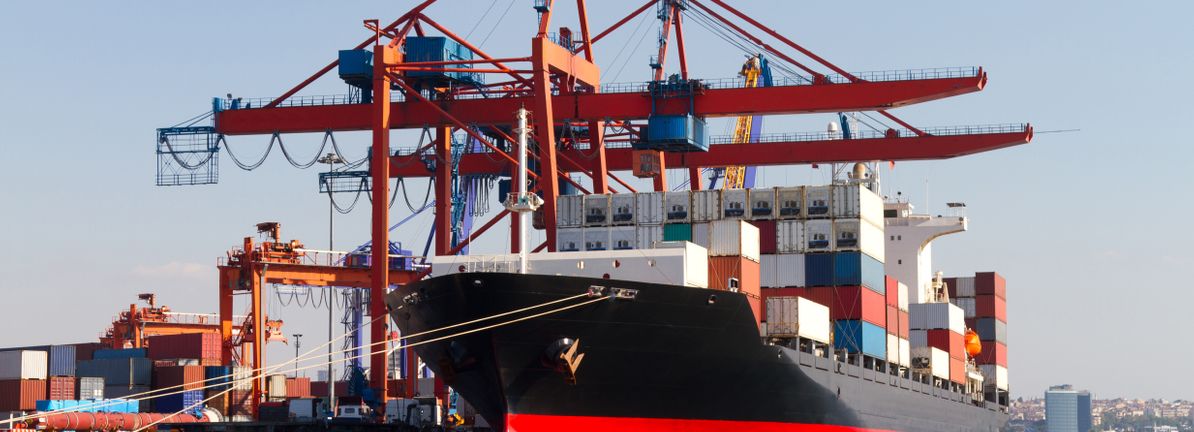The quarterly results for Hapag-Lloyd Aktiengesellschaft (ETR:HLAG) were released last week, making it a good time to revisit its performance. Results overall were not great, with earnings of €0.77 per share falling drastically short of analyst expectations. Meanwhile revenues hit €4.7b and were slightly better than forecasts. Following the result, the analysts have updated their earnings model, and it would be good to know whether they think there’s been a strong change in the company’s prospects, or if it’s business as usual. We’ve gathered the most recent statutory forecasts to see whether the analysts have changed their earnings models, following these results.
AI is about to change healthcare. These 20 stocks are working on everything from early diagnostics to drug discovery. The best part – they are all under $10bn in marketcap – there is still time to get in early.
Following the recent earnings report, the consensus from ten analysts covering Hapag-Lloyd is for revenues of €16.8b in 2026. This implies a not inconsiderable 13% decline in revenue compared to the last 12 months. Statutory earnings per share are expected to plunge 58% to €3.68 in the same period. In the lead-up to this report, the analysts had been modelling revenues of €16.7b and earnings per share (EPS) of €3.69 in 2026. The consensus analysts don’t seem to have seen anything in these results that would have changed their view on the business, given there’s been no major change to their estimates.
See our latest analysis for Hapag-Lloyd
There were no changes to revenue or earnings estimates or the price target of €105, suggesting that the company has met expectations in its recent result. It could also be instructive to look at the range of analyst estimates, to evaluate how different the outlier opinions are from the mean. There are some variant perceptions on Hapag-Lloyd, with the most bullish analyst valuing it at €132 and the most bearish at €72.00 per share. As you can see, analysts are not all in agreement on the stock’s future, but the range of estimates is still reasonably narrow, which could suggest that the outcome is not totally unpredictable.
Taking a look at the bigger picture now, one of the ways we can understand these forecasts is to see how they compare to both past performance and industry growth estimates. These estimates imply that revenue is expected to slow, with a forecast annualised decline of 11% by the end of 2026. This indicates a significant reduction from annual growth of 1.8% over the last five years. Yet aggregate analyst estimates for other companies in the industry suggest that industry revenues are forecast to decline 0.6% per year. The forecasts do look bearish for Hapag-Lloyd, since they’re expecting it to shrink faster than the industry.
